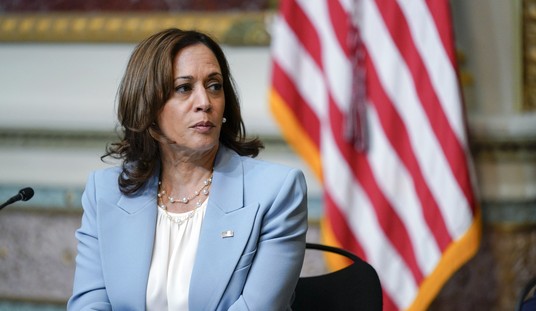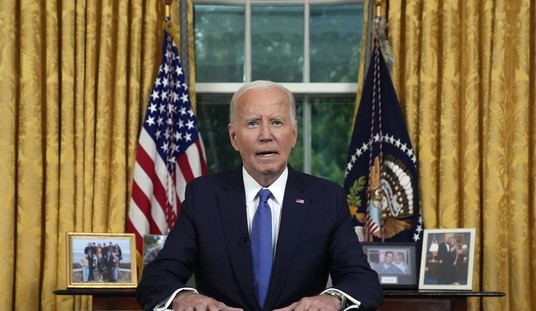In F.A. Hayek's 1988 book, "The Fatal Conceit," the economist explained, "The curious task of economics is to demonstrate to men how little they really know about what they imagine they can design." Unfortunately, politicians of both parties today imagine they can design quite a lot by successfully managing the nation's health care, trade and energy production, among other herculean tasks.
The recent push to centralize more of the economy -- think about "Medicare-for-all" or "Buy American" requirements for infrastructure projects -- comes even though we are still discovering all the ways in which prior efforts to direct economic activity have backfired. Consider the case of the Public Utility Regulatory Policies Act of 1978, or PURPA. This program within the Federal Energy Regulatory Commission, or FERC, is still causing headaches today.
Among the goals of PURPA was expanding the use of renewable energy sources. To do that, it required utilities to purchase energy produced by "qualified facilities" (QFs) if it was an equal or lesser cost to what could be purchased from a traditional power plant or generated itself. In PURPA lingo, that's an "avoided cost." This was considered a way to introduce competition into energy markets. In practice, however, the unintended consequences of the mandate coupled with other government interventions have resulted in less competition.
Utilities have had no choice but to buy from these QFs. In recent decades, the lower costs of solar and wind hardware, combined with the introduction of lucrative solar and wind tax credits, artificially high rates and PURPA's guaranteed purchase requirement, have made QFs moneymaking investments regardless of market need. In other words, tax credits distort the energy markets, and the PURPA mandate distorts them further.
Recommended
These avoided costs are rates set by bureaucrats, of course -- bureaucrats who use poor models and false assumptions about future economic conditions that can result in fixed rates well above what would actually be found in the markets. This spawns ongoing legal battles throughout a number of states as utilities struggle to revise avoided-cost rates and prevent a flood of lengthy contracts at above-market rates, significant portions of which will be passed on to consumers. Given the goal of PURPA, this complexity has sometimes ironically resulted in less expensive wind generation being used less in favor of more expensive QF energy.
Another problem occurs when determining which facilities qualify under the law. QFs include small power production facilities -- plants that generate between 100 kilowatts and 80 megawatts primarily using renewables, such as wind, solar and hydropower -- and cogeneration facilities that use waste heat from industrial processes to generate electricity. But larger renewable generators are finding ways to game the rules and qualify despite exceeding the statutory capacity limits.
The fight over PURPA reveals at least one of the many reasons why central planning fails. Even if prices are initially and miraculously established at rates that reasonably approximate market behaviors, they will inevitably grow further disconnected from the market because either the bureaucracy will be too slow to react to changing conditions or politicians will simply lack the time, expertise and interest necessary to update the law. Making things worse, these PURPA contracts are historically long-term, so even if the avoided-cost rate made sense at signing, it can grow out become a burden over time.
In the 40 years since PURPA was passed, the ways in which energy is produced and used has changed -- and continues to change. The law has not kept up. And yet there are many today who would impose even more complex price controls on things like prescription drugs, threatening to bring the same perverted incentives into health care as are plaguing the energy markets.
Central planning is all the rage in Washington, D.C., at the moment. But politicians should learn from the mistakes of the past and incorporate some Hayekian humility into policymaking.
Veronique de Rugy is a senior research fellow at the Mercatus Center at George Mason University.

























Join the conversation as a VIP Member